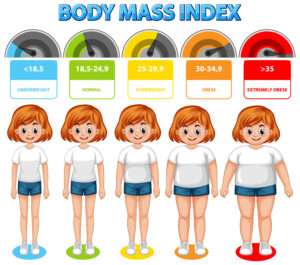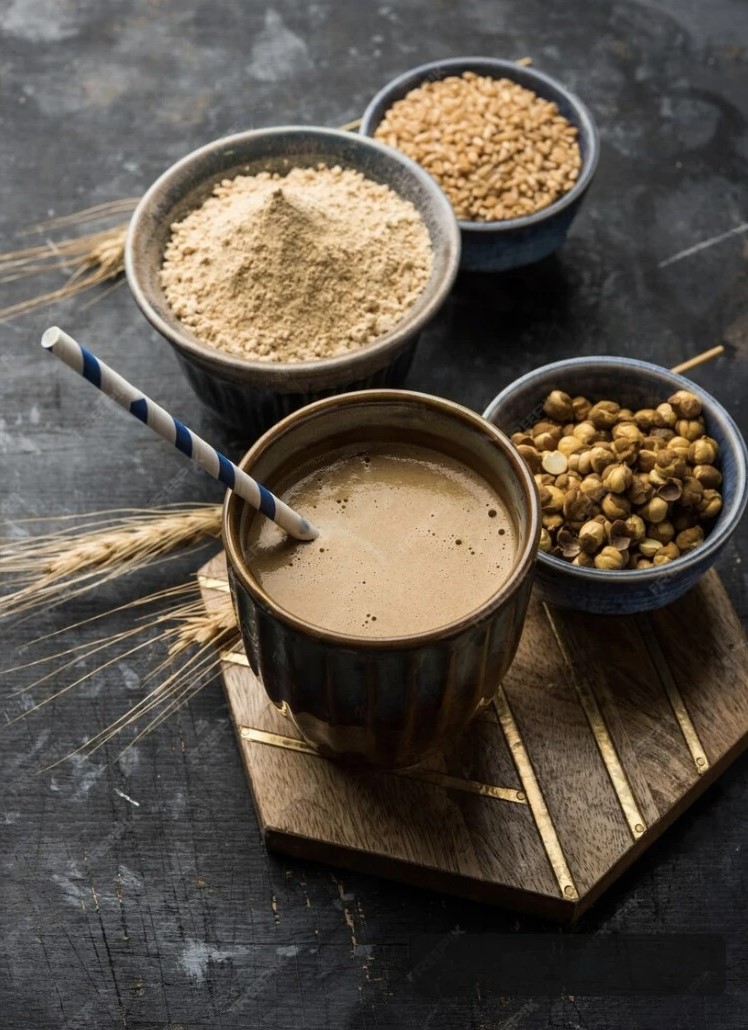Introduction:
Gaining weight may sound easy, but for some people, it can be just as challenging as losing weight. If you’ve been underweight for a while or have lost too much weight due to illness, stress, or other health conditions, it’s important to regain weight in a healthy way.
Foods that are high in fat and sugar can help add extra calories, but not all of them are good choices. Some foods and drinks are healthier than others, so it’s important to pick wisely.

image source: pexels.com
To gain weight, you need to eat and drink more calories than your body burns. However, if you don’t feel very hungry, eating larger meals can be difficult.
In that case, try eating more often and adding high-calorie ingredients to your meals. This way, you can get the extra energy you need without having to eat big portions.
In this blog, we’ll discuss simple and effective tips to gain weight safely, the best foods to include in your diet, and how to build a meal plan that helps you reach your goal. Whether you have a small appetite, a fast metabolism, or certain dietary restrictions, you’ll find practical ways to increase your weight in a healthy and sustainable manner.
BMI & BMR

If you want to gain weight, the first step is to calculate your BMI (Body Mass Index) and BMR (Basal Metabolic Rate). These numbers will help you understand your current weight status and how many calories your body needs daily. Based on this, you can add extra calories to your diet to support healthy weight gain.
To calculate your BMI (Body Mass Index) and BMR (Basal Metabolic Rate), please visit this link. Click here
Understanding RDA (Recommended Dietary Allowance) and How to Calculate It
What is RDA?
RDA stands for Recommended Dietary Allowance. It refers to the daily intake of essential nutrients, including vitamins, minerals, carbohydrates, proteins, and fats, that a person needs to stay healthy.
The Food and Nutrition Board of the National Academy of Sciences Institute of Medicine sets these recommendations based on age, gender, and specific health conditions, such as pregnancy or breastfeeding.
According to the National Institutes of Health (NIH), the RDA ensures that about 97-98% of healthy individuals get enough nutrients every day.
How to Calculate RDA for Carbohydrates, Proteins, and Fats
To determine your RDA for macronutrients (carbs, protein, and fats), follow these steps:
1)Find your daily calorie needs – This depends on factors like age, activity level, and metabolism.
2) Calculate how much of each macronutrient you need based on the recommended percentage of your total daily calories:
- Carbohydrates: 55% of total daily calories
- Protein: 15% of total daily calories
- Fats: 30% of total daily calories
Let’s take an example:
A 35-year-old sedentary male needs 2,400 calories per day.
Step 1: Carbohydrates
55% of 2,400 = 1,320 calories from carbs
Step 2: Protein
15% of 2,400 = 360 calories from protein
Step 3: Fat
30% of 2,400 = 720 calories from fat
These numbers can be adjusted depending on individual dietary needs and fitness goals. By following the RDA guidelines, you can maintain a balanced diet and support overall health and wellness.
Physical activity Activity Levels and PAL Values
Physical activity refers to any movement of the body that requires energy expenditure. It includes a wide range of activities such as walking, running, cycling, playing sports, and even everyday tasks like cleaning or gardening.
Monitoring physical activity at a population level plays a crucial role in supporting public health programs, as it helps identify trends and patterns over time.
Traditionally, physical activity has been assessed using self-reported tools like surveys or questionnaires, where individuals provide details about their daily activities.
Activity Levels and PAL Values
| Activity Level | PAL Value | Examples of Activities |
|---|---|---|
| Inactive | 1.4 | Sitting, lying down, minimal movement, or working on a computer. |
| Moderately inactive | 1.5 | Light household chores, slow walking, or casual standing activities. |
| Moderately active | 1.6 | Walking at a moderate pace, light exercise, or standing work. |
| Active | 1.7 | Jogging, brisk walking, gardening, or light sports like table tennis. |
| Very active | 1.8 | Swimming, cycling, dancing, or regular gym workouts. |
| Hard active | 1.9 | Running, hiking uphill, or high-intensity interval training (HIIT). |
| Very hard active | 2.0+ | Marathon running, heavy manual labor, or competitive sports training. |
Now that we understand how to calculate BMI, BMR, and RDA, we can create a personalized diet plan for weight gain based on individual requirements.
Let’s take an example: Suppose your weight is 50 kg, your height is 170 cm, you are male, and your physical activity level is moderately inactive (PAL value = 1.5).
The BMI is 17.3, which indicates that you are underweight.
Step-by-Step Solution:
- Calculate BMR (Basal Metabolic Rate)
For males, the formula to calculate BMR is:
BMR = 88.362 + (13.397 x weight in kg) + (4.799 x height in cm) – (5.677 x age in years) Assuming your age is 25 years:
BMR=88.362+(13.397×50)+(4.799×170)−(5.677×25)
BMR=88.362+669.85+815.83−141.925
BMR = 88.362 + 669.85 + 815.83 – 141.925
BMR=88.362+669.85+815.83−141.925
BMR=1432.12BMR = 1432.12
BMR=1432.12 calories/day
- Adjust for Activity Level (Using PAL)
To find your Total Daily Energy Expenditure (TDEE), multiply BMR by your PAL value:
TDEE = BMR × PAL
TDEE = 1432.12 × 1.5 = 2148.18 calories/day This means your body needs about 2148.18 calories/day to maintain your weight. - Add Extra Calories for Weight Gain
To gain weight, you need to eat more calories than your TDEE. Adding 500 calories/day is a good starting point for steady weight gain:
Calories needed for weight gain = TDEE + 500 = 2148 + 500 = 2648 calories/day - Plan Your Diet
Use your RDA percentages to divide these calories into carbohydrates, proteins, and fats:
Carbohydrates: 55% of 2648 = 1456.4 calories (or 364.1 grams since 1 gram = 4 calories)
Proteins: 15% of 2648 = 397.2 calories (or 99.3 grams since 1 gram = 4 calories)
Fats: 30% of 2648 = 794.4 calories (or 88.6 grams since 1 gram = 9 calories)
You can adjust the carbohydrate and protein percentages as needed.

image source: pexels.com
To plan your diet, you need to divide your total daily calorie intake into carbohydrates, proteins, and fats based on the recommended dietary percentages. For carbohydrates, 55% of your daily calorie requirement (2664 calories) equals 1465.2 calories.
This means you should aim to consume 1465.2 calories from carbohydrate-rich foods, which translates to approximately 366 grams of carbohydrates since 1 gram of carbohydrates provides 4 calories.
For proteins, 15% of your daily calorie requirement equals 399.6 calories. This means you need about 100 grams of protein daily because 1 gram of protein also provides 4 calories. You can include foods like lean meats, eggs, dairy, legumes, or tofu to meet this requirement.
For fats, 30% of your total calorie intake equals 799.2 calories. This means you should consume about 89 grams of fats daily since 1 gram of fat provides 9 calories. Healthy fat sources such as nuts, seeds, avocados, and olive oil are excellent options to include in your diet.
By distributing your daily calories in this way, you can ensure a balanced intake of nutrients tailored to your energy needs and weight gain goals.
Diet for weight gaining:
Gaining weight in a healthy way requires eating nutrient-rich foods that provide enough calories, proteins, and healthy fats. Instead of consuming junk food, it’s best to focus on whole, high-calorie foods that nourish your body.
One great option is homemade protein smoothies, which allow you to control the ingredients while packing in extra calories. Full-fat dairy products like milk and yogurt are also excellent choices as they provide a good balance of protein, carbohydrates, and fats.
Additionally, incorporating calorie-dense foods such as rice, whole-grain bread, potatoes, and legumes can help you meet your daily energy needs while supplying essential nutrients.

image source: pexels.com
Nuts, nut butters, and dried fruits are easy snacks that deliver a significant calorie boost along with vitamins and minerals. Protein-rich foods like eggs, cheese, and red meat support muscle growth and overall health.
Adding healthy fats from avocados, olive oil, and fatty fish like salmon can further enhance your calorie intake. For those struggling to consume enough through regular meals, protein supplements can be useful.
Combining these foods with strength training exercises will not only help you gain weight but also build muscle, ensuring a healthier and stronger body.
References:
- https://www.nth.nhs.uk/resources/dietary-advice-about-gaining-weight-in-a-healthy-way/
- https://ods.od.nih.gov/HealthInformation/nutrientrecommendations.aspx
- https://shorturl.at/X1GPo
- https://www.healthline.com/nutrition/18-foods-to-gain-weight#TOC_TITLE_HDR_4
- https://www.nin.res.in/dietaryguidelines/pdfjs/locale/DGI07052024P.pdf









